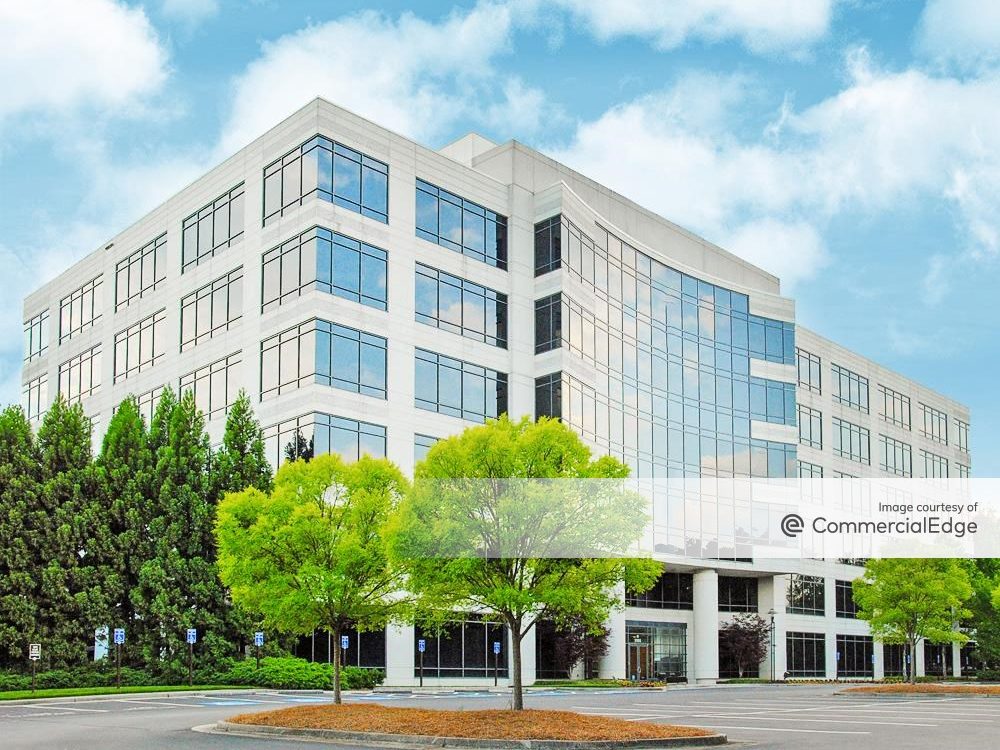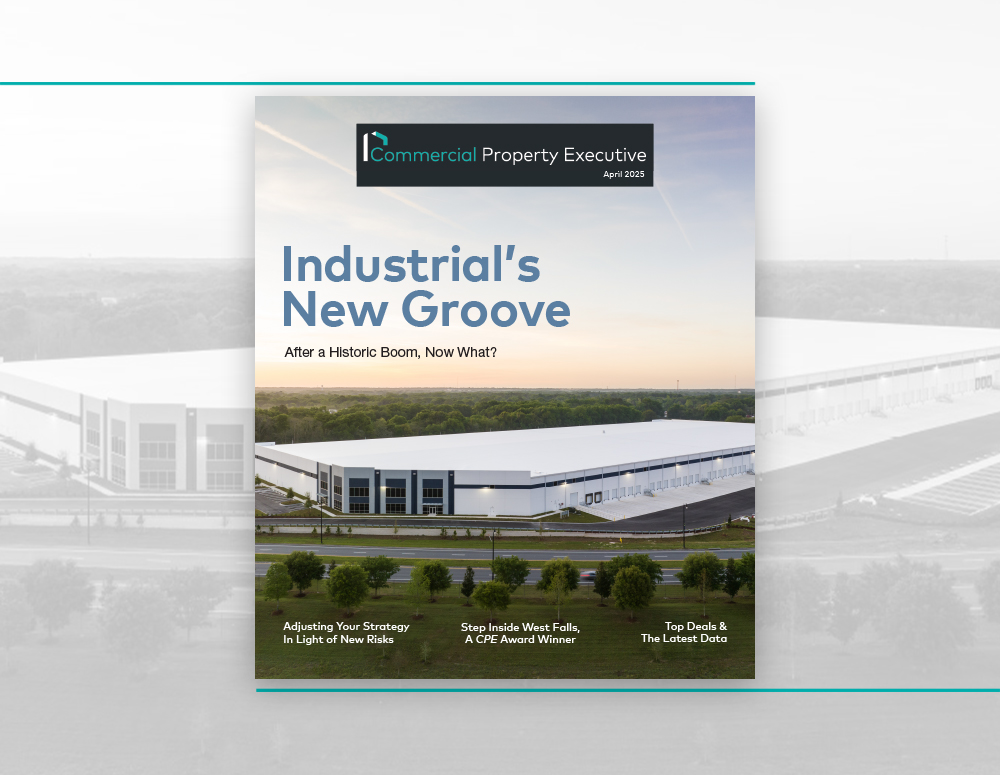Buildings That Learn
According to the American Council for an Energy-Efficient Economy, commercial buildings account for 19 percent of all U.S. energy consumed.
By Mallory Bulman
According to the American Council for an Energy-Efficient Economy, commercial buildings account for 19 percent of all U.S. energy consumed. Energy Star reports 30 percent of energy used in an average commercial building is wasted. Building automation systems are key tools for managers, owners and developers of commercial properties to identify energy-wasting trouble areas, track energy usage and keep operations running efficiently. As technology rapidly advances, the building automation system concept is evolving quickly, and it needs to address today’s concerns about security and interest in cloud storage and artificial intelligence. Zach Scott, vice president of product development at Yardi Systems, who oversees the company’s development of solutions for real estate data intelligence and commercial building energy efficiency, filled CPE in on the current capabilities, future possibilities and tangible risks of using technology to enhance operational and energy efficiency.
It seems that everything’s being ported to the cloud these days. What are the advantages of using the cloud for building management software, and particularly energy management? Are there any disadvantages?
Vastly more computing power and storage space are available in the cloud as compared to what can be installed in the mechanical room of a building. This allows us to create more sophisticated building management systems, to centrally monitor and analyze the health of buildings, and to leverage recent advances in machine learning to make smarter decisions.
The cloud has also allowed us to dramatically reduce deployment costs. By deploying commodity hardware and software to the building and moving the control logic from the building to the cloud, we are able to reduce the variation that exists in each building, thereby increasing security and reducing the cost of maintaining unique software builds at each site.
Connectivity might be one of the biggest concerns with migrating to the cloud. A loss of connectivity can certainly interfere with data analysis and control, with the cloud playing an integral role in analyzing and optimizing the usage of energy in buildings. We have taken numerous steps to minimize the likelihood and impact of a loss of connectivity. In the case of the Yardi Energy Efficiency optimization product, control immediately falls back to the local building automation system whenever connectivity issues are encountered. The risk of this happening is low, but can be reduced by establishing multiple land-line and cellular connections between a building and the cloud.
Is it always worthwhile to transfer to a cloud-based system?
For some who are satisfied with their existing solution and level of support, it may not be worthwhile yet. However, all our exciting new features will be cloud-based, like peak demand alerts for helping to avoid setting new peaks; advanced demand management for shifting energy demand to the least expensive time of day by making use of battery and thermal storage; and micro-grid control for optimizing energy supply for a building across battery, solar, generator and utility power. In addition to these exciting features, all cloud-based buildings will have another set of eyes, the managed services team, watching for anomalies and uncovering additional opportunities to save.
What are the biggest challenges to keeping building management software secure? What are the biggest security risks?
The first thing I’d say is that the threat isn’t new and isn’t something that is being introduced by employing cloud-based analysis and control. As many as 85 percent of existing building automation systems (BAS) already have Internet-accessible controls. In most cases, hackers are less interested in changing temperature set points and more interested in gaining access to the BAS to bridge into the building’s corporate network to launch further attacks. One might imaging hackers relentlessly looking for weaknesses in your Internet-connected system; however, most breaches occur simply because a hacker was somehow able to gain possession of a valid username and password.
Therefore, I would recommend that the following are reasonable security measures: In the case of a breach of corporate network, a hacker that gains access to the BAS is likely to try to use it as a means to gain access to other corporate networks. Therefore, it’s important to isolate the BAS system from other networks to reduce the potential for damage.
If there is a breach of the BAS, even with it isolated, you want to protect against a hacker gaining access. Most successful attacks are due to hackers discovering valid usernames and passwords and using them to simply log in to the system.
Additionally, I’d recommend performing regular maintenance and applying security patches for known vulnerabilities in operating systems and software.
Are there certain types of buildings or networks that are more at risk?
As stated above, it’s estimated that perhaps 85 percent of building automation systems are already connected to the Internet, and in many cases the facilities managers are unaware of this fact. These are the systems that are at greatest risk. When we work with clients to connect their systems to the cloud, we provide recommendations and assistance to increase the level of security.
Are the risks changing? How about the ability to infiltrate software?
I don’t think the nature of the risks is changing. The attack vectors remain the same, but the sheer number of devices that are being connected is what’s really changing, and many of these systems were not designed with this in mind. Isolation and strict management of usernames and passwords is key.
With all the interest in artificial intelligence lately, what kind of opportunities are there for energy management?
I would not expect a conversant HAL9000-like AI to be running your buildings anytime soon. However, opportunities to employ AI and Machine Learning (ML) are numerous in the Smart Energy space.
We are focused on researching Machine Learning to solve several major challenges:
- Computer-assisted building integration: Large buildings will often have thousands of data streams that need to flow between the building and the cloud. These data streams are analyzed and fed into optimization algorithms that help run the building more efficiently. In order for the data streams to be used, each stream must be correctly identified, as a “Supply Air Temperature Set-Point for Air Handler 19,” for example, which can be a human-intensive, time-consuming task. We think AI can help us identify these data streams better and faster, reducing the cost of integration.
- Learned optimization: Today we employ sophisticated algorithms developed by some of the brightest minds in HVAC to more efficiently maintain comfort levels in hundreds of buildings across North America. However, each building is unique, like a snowflake, and requires tuning, a process where skilled engineers monitor the efficacy of the optimizations and make adjustments until satisfied that clients are achieving optimal energy consumption. We think AI will play a major role here and are researching how we might leverage AI to have our optimization system learn how the building reacts to internal and external thermal load, as well as how adjustments to the HVAC system impact comfort. Such a system would get better over time and will be able to learn how to leverage thermal and battery storage optimally to shift energy consumption from expensive peak periods to less expensive periods, saving even more money for clients and easing the pressure on our energy grids.
- Detection and Anticipation of Equipment Failure: Our Fault Detection and Diagnostics system is already able to detect dozens of fault conditions and alert engineers when something isn’t operating correctly in their building so they can take action, in some cases replacing or repairing faulty hardware. We are researching our ability to leverage AI to “watch” numerous data streams and use that information to predict possible equipment failure before failure takes place, recommending preventive maintenance.
How do you see the interaction of AI and building management systems going forward?
AI and Machine Learning have advanced rapidly over the past few years and are seeing more and more widespread use because of their effectiveness. Google now offers specialized ML processors in their cloud called Tensor Processing Units. With more widespread use and continued focused research in this field, I’m convinced we are just scratching the surface and that AI will play an increasingly major role in many fields, including building automation. I think there will be a continued trend toward having systems learn from massive volumes of data versus being programmed to do one specific thing.
How viable are the options? Are they practical for most commercial buildings or are they limited to certain types of buildings, locations or portfolio sizes, etc.?
The hardest problems exist in buildings with the highest levels of complexity, so while we do plan to employ AI in smaller, simpler buildings, we don’t expect the results to be quite as dramatic. The other factor is data volume. More data results in smarter machines. This means that as Yardi deploys AI to more and more buildings, it will have access to more data, from which it can learn to run even more efficiently. The fact that this all runs from the cloud means the system running one building will be leveraging the experience gained in other buildings.
What are the biggest changes you see coming in energy management programming, and how are you preparing for them?
We stay prepared by always being in the field, talking to clients and staying focused on solving real problems. To be effective at solving these problems, we need to balance our exploitation of existing, proven technologies with researching new and potentially more-effective approaches. The biggest challenge we face is also our biggest opportunity to make a real difference, and it’s embodied in the question I ask myself every single day: “What can we do to maximize our ability to impact energy conservation and climate change?” This is what drives me. This is what drives the team.
Originally appearing in the October 2017 issue of CPE.








You must be logged in to post a comment.